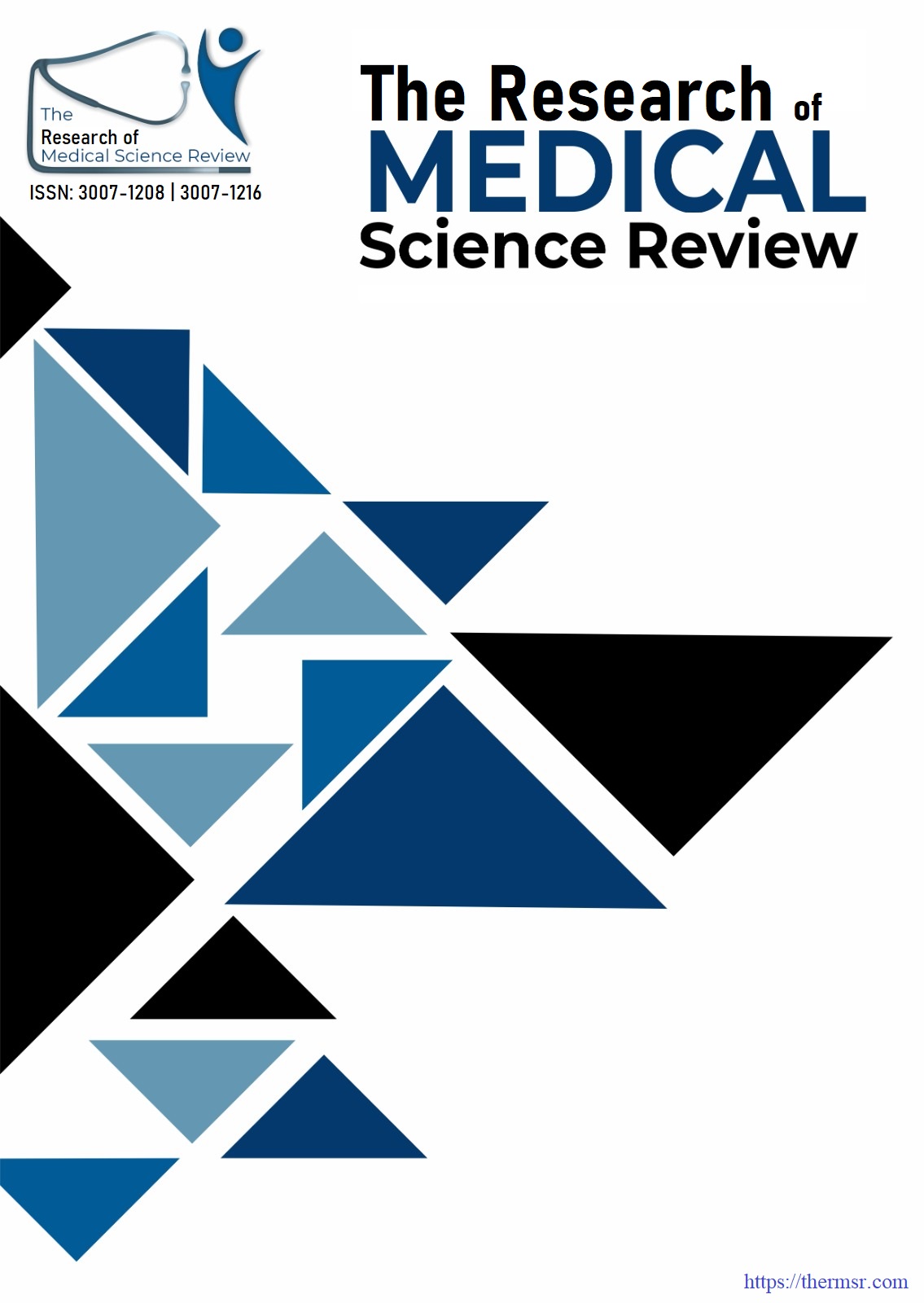CHA2DS2-VASC SCORE AND BRACHIAL ARTERY FLOW MEDIATED DILATION AS PREDICTORS OF NO REFLOW PHENOMENA IN PATIENTS WITH STEMI UNDERGOING PRIMARY PCI
Keywords:
CHA2DS2-VASc Score, No- Reflow Phenomena, Brachial Artery Flow-Mediated Dilation, STEMI Primary PCIAbstract
Background: The CHA2DS2-VASc score has become a valuable clinical tool for stratifying stroke risk in patients with atrial fibrillation, but its predictive value in patients undergoing primary (PCI) for (STEMI) has not been defined. Measurement of brachial artery (FMD), a noninvasive assessment of endothelial function, would allow for even more thorough prognostic analyses.
Objective: To explore the relation between no-reflow and brachial artery flow-mediated dilatation (FMD) as well as CHA2DS2-VASc score in patients with (STEMI) undergoing primary PCI.
Methods: This Prospective observational design study was conduction at Department of Cardiology at Shifa International Hospital from July 24 to December 24. The study enrolled 138 male and female patients aging 18 years or above, diagnosed with STEMI who underwent primary PCI. STEMI, which was defined as persistent chest pain and ST-segment elevation on ECG as defined in the guidelines, were included. Brachial artery flow-mediated dilatation (FMD) as well as CHA2DS2-VASc score were determined and its relation with no-reflow phenomena was evaluated. Data was analyzed using SPSS version 25.
Results: The mean age of the patients was 62.8 years. 62.5% of the no- reflow group had FMD ≤ 5%, as opposed to only 26.3% in the reflow group (p = 0.001). In addition, age (Odds ratio = 1.08; p=0.004), as well as presence of diabetes mellitus (OR = 2.01; p = 0.023) were significant predictors for MACCE occurrence during the follow-up period after performing cardio CT angiography at Cox regression analysis The analysis of hypertensive approached significance with an odds ratio (1.58; 95% CI, 0.98-2.54).
Conclusion: This study highlights the importance of brachial artery flow-mediated dilatation (FMD) as well as CHA2DS2-VASc score to predictthe presence of no-reflow in patients with (STEMI) treated with primary PCI. Older age, hypertension, diabetes mellitus, and impaired brachial artery flow-mediated dilation (FMD) were the key predictors of no-reflow.
Downloads
Downloads
Published
Issue
Section
License
Copyright (c) 2025 Nayab Masooma, Muhammad Raza, Muhammad Anjum, Shahbaz Khan, Abdul Mujeed Khan, Ahmed Raza (Author)

This work is licensed under a Creative Commons Attribution-NonCommercial-NoDerivatives 4.0 International License.















